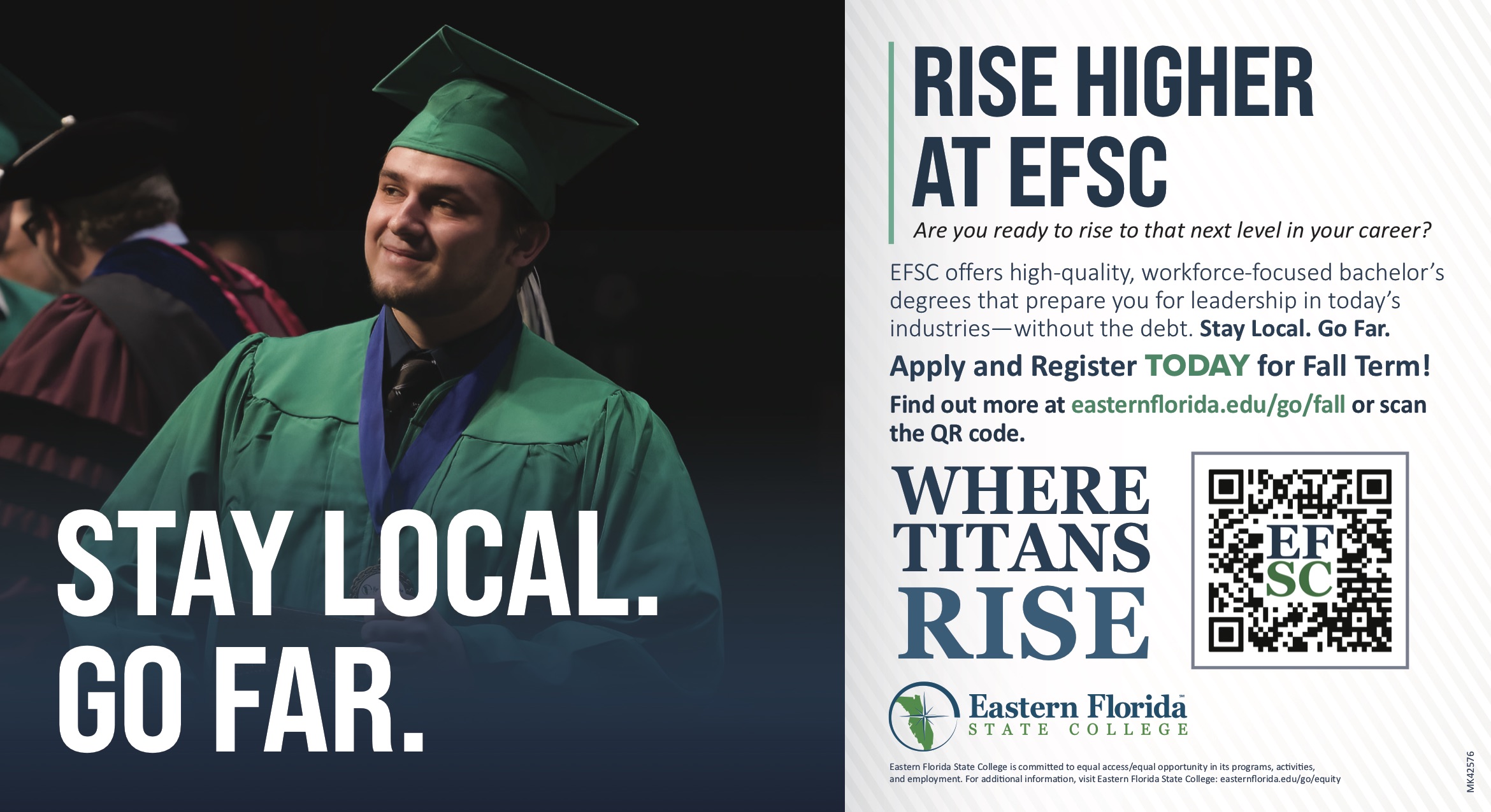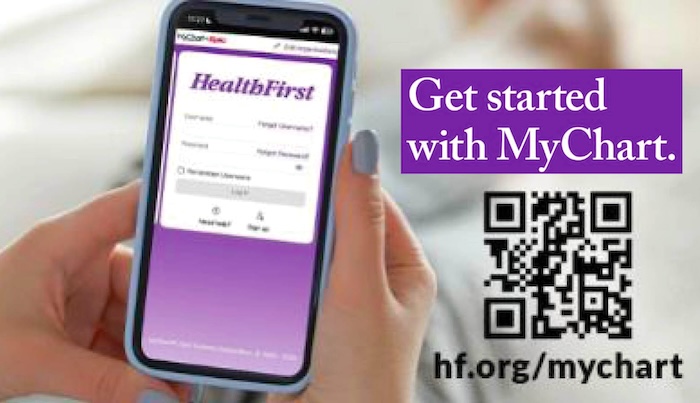Rideshare Mishaps: Navigating the Aftermath of Rideshare Accidents
By Space Coast Daily // June 23, 2023

Ridesharing services like Uber and Lyft have revolutionized the way people get around in cities. With just a few taps on their smartphones, passengers can request a ride and be on their way in minutes.
However, as convenient as ridesharing may be, accidents can still happen. In this article, we will explore the aftermath of rideshare accidents and provide guidance on how to navigate the challenges that may arise.
Common Types of Rideshare Accidents
Rideshare accidents can occur in various ways, similar to other vehicular accidents. Some common types include:
- Rear-end collisions: These occur when a rideshare vehicle is struck from behind by another vehicle.
- Side collisions: Also known as T-bone accidents, these occur when the side of a rideshare vehicle is hit by another vehicle.
- Intersection accidents: Accidents at intersections can involve rideshare vehicles and other vehicles colliding while attempting to navigate through.
- Pedestrian accidents: Rideshare accidents can involve pedestrians being hit by rideshare vehicles or vice versa.
Factors Contributing to Rideshare Accidents
Several factors can contribute to rideshare accidents, including:
- Distracted driving: Both rideshare drivers and other motorists may be distracted by their phones, navigation systems, or other factors.
- Fatigue: Rideshare drivers often work long hours, which can lead to fatigue and decreased alertness.
- Poor road conditions: Inclement weather, poorly maintained roads, or inadequate signage can increase the risk of accidents.
- Reckless driving: Speeding, aggressive driving, and failure to obey traffic laws can all contribute to rideshare accidents.
Steps to Take After a Rideshare Accident
A rideshare car crash can leave you rattled. As with any accident, there is a set of guidelines you should follow in the aftermath.
Ensure Safety and Seek Medical Attention
The immediate safety of everyone involved should be the top priority. Follow these steps after a rideshare accident:
- Check for injuries: Assess yourself and others involved in the accident for any injuries and call emergency services if necessary.
- Move to a safe location: If possible, move the vehicles to a safe location to avoid further accidents or traffic congestion.
- Seek medical attention: Even if you feel fine initially, it’s important to get a medical evaluation to detect any hidden injuries or symptoms that may arise later.
Gather Information and Document the Accident
Once safety has been addressed, gather information. Proper documentation is crucial for any accident claim. Take the following steps:
- Exchange information: Collect the names, contact details, and insurance information of all parties involved in the accident, including witnesses.
- Document the scene: Take photos of the accident scene, including vehicle damage, road conditions, and any relevant details.
- Report the accident: Contact the rideshare company and report the accident. They may guide you on the next steps or connect you with their insurance provider.
Understanding Rideshare Company Insurance Coverage
Rideshare companies typically provide insurance coverage for their drivers, but the coverage can vary depending on the driver’s activity at the time of the accident:
- Offline: If the driver is not logged into the rideshare app, their personal auto insurance policy will likely apply.
- Waiting for a ride request: Rideshare companies typically offer contingent liability coverage during this phase.
- En route to pick up a passenger or during a trip: Rideshare companies usually provide higher liability coverage, as well as collision and comprehensive coverage.
Seek Legal Advice
Navigating insurance claims and legal matters can be complex. Consider these steps:
- Consult an attorney: An experienced personal injury attorney can guide you through the legal process, assess your rights, and help you pursue the compensation you deserve.
- Communicate with the insurance company: Promptly notify your insurance company about the accident and cooperate with their investigation. However, be cautious about providing statements to the other party’s insurance company without legal representation.
Being involved in a rideshare accident can be a daunting experience, but knowing how to navigate the aftermath can help you protect your rights and seek appropriate compensation. By taking immediate steps to ensure safety, gathering documentation, and seeking legal advice, you can effectively navigate the challenges that may arise.
Remember, safety should always be a priority, both as a passenger and as a driver, when utilizing ridesharing services. A rideshare accident lawyer can provide legal advice on how to seek financial recovery to pay for property damage, medical bills, and other accident-related losses.
With a law degree under his belt, Mark Scott understood very early that law communication was a relatively neglected area. He decided to help people by “translating” the language and offering information and advice in a clear, useful, and actionable manner. For this reason, instead of finding him in court, you will most likely find his name online, where he is very active and thriving as a legal columnist. His part of making the world a better place is to make the law a less convoluted maze.

He aims to make it easier for people to understand when and how to seek legal counsel, how to proceed in a significant number of legal matters, and to find the proper resources so they can stand up for their rights.












